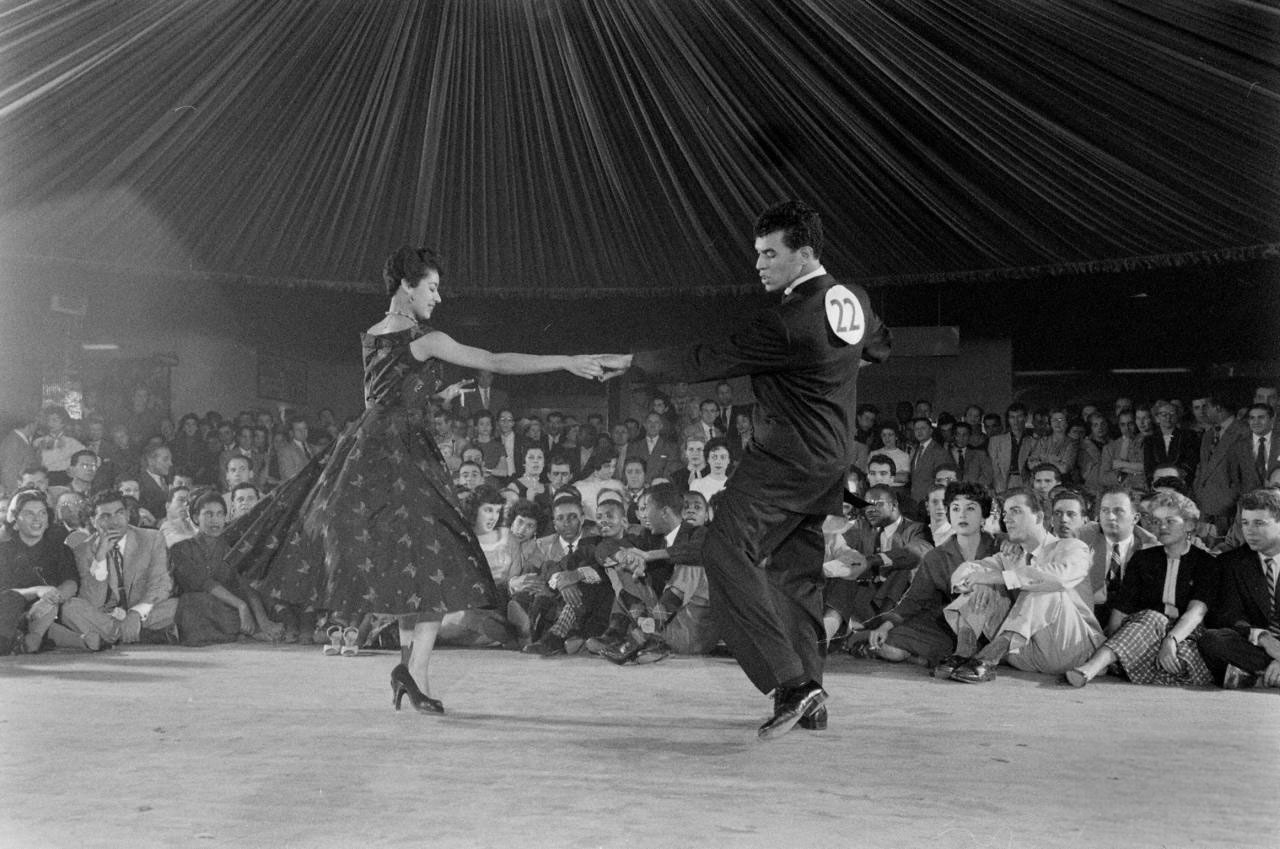Facts About Dance Fridays Revealed
Wiki Article
The Basic Principles Of Dance Fridays
Table of Contents4 Simple Techniques For Dance FridaysThe Only Guide for Dance FridaysThe 8-Second Trick For Dance FridaysHow Dance Fridays can Save You Time, Stress, and Money.
Allow's think about Salsa dance and music as a large Tree that resembles this: Salsa is danced world-wide while many technological elements of the dance are the exact same across designs (6 steps over 8 beats danced on a quick-quick-slow or slow-quick-quick rhythm), there are several "hallmark" features of the major styles of Salsa that identify one from the various other.Pairs taking part in an Online casino Rueda dance all relocate unison as called by a Leader. Distinct features of Cuban design salsa are round turn patterns (with "break back" steps on counts 1 and 5) along with body movement influenced by typical Afro-Cuban folkloric dancings. Distinct features of Cali design salsa is quick and intricate footwork, danced with a solid hand hold link between companions.
The origins of the design are a topic of argument, but it is stated that New york city design Salsa dancing originated in the 1960's as a result of the influx of Latin American emigrants after the Cuban Revolution. Eddie Torres is the most popular New york city style professional dancer, being almost widely credited with popularizing the design to dance centres beyond New york city.
The fundamental rhythm of "On-2" is slow-quick-quick. The "youngest" of the designs of Salsa, L.A. Design (some people have actually called it "West Shore" design) came to be popular in the 1990's and has its origins in ballroom (Mambo, Swing and Cha, Cha, Cha). Transform patterns lead and adhere to strategies are greatly influenced by these styles, with the Cross Body Lead being the foundation of the design.
What Does Dance Fridays Do?
Style are execution of turn patterns and figures in the "port", with the break actions on matters "1" and "5". While Salsa music has solid beginnings in Cuban, Colombian and Puerto-Rican folkoric practices, it can not be discounted that all Afro-Latin and Latin American societies have actually added to contemporary Salsa songs as we recognize it today.It's feasible that because of political reasons the contribution of Afro-Cuban culture and heritage to modern Salsa in the 1960's and 70's is not commonly recognized, but it can not be overlooked the substantial contribution and influence of the "Queen of Salsa", Celia Cruz. A family name in Cuba and the Central Americas as a singer in the 1950's, Celia left Cuba for the united state

Today Salsa music is produced, executed and renowned globally. In 2000 the influence of Latin American songs and society (not simply Salsa) was identified by the National Academy of Recording Arts and Sciences in the United State and the Latin Grammy Honors were created. The Latin Grammy's have brought attention to the Salsa Legends and contemporary Salsa artists alike
Some Of Dance Fridays
identifying features of Salsa songs are: 4/4 time signature, Boy Clave and Tumbao rhythms, Montuno Piano Unless you have a background in music, the above 3 features possibly indicate nothing to you. A much easier means to explain Salsa songs is exactly how it does NOT seem like various other sorts of Latin American prominent songs.Bachata is a straight 4 beat dancing with a frequency of a syncopated guitara line and a clear absence of any kind of "hard" piano, brass (trumpet, trombone) lines. Cha, Cha, Cha resembles Salsa music one of the most as it feels like "really sluggish" salsa/mambo. salsa club san francisco. Cha, Cha, Cha can be distinguished by it's focus of the double tumbao beat on matters 4 +5 and 8 +1 (the "cha-cha-cha") You have actually been to a Salsa night at a club and you're hooked you enjoy the music, the energy, the appearance of two professional dancers gliding across the dance floor performing amazing spins and turn patterns
It's time for lessons. With numerous studios around and various styles to choose from, where does a full newbie begin? Many new professional dancers choose to discover L.A. "On-1" design slotted Salsa designs are one of the most common in North America (with some exceptions of some metropolitan centres that still mostly accept Cuban and Puerto Rican designs) and L (https://penzu.com/p/174d8f112ab8c238).A
.A. Design will promptly instruct you the basics of Salsa timing, weight transfer and transform pattern execution. Numerous professional dancers, once they have actually had a year or 2 of dance L.A. Style Salsa under their belts, "switch" to New york city design in order to diversify their dancing vocabulary; however numerous professional dancers determine to stick to just one design of Salsa and appreciate their time on the dancing flooring in that particular style (salsa club san francisco).
Design and New York Style all being danced in the very same club, with a lot of the professional dancers having the ability to switch over from one design to the other from one track to the next. No matter which style you select it is necessary to adhere to that design until you're very comfortable with the principles of timing, body rhythm and foundation move execution prior to thinking about "switching" styles (if you intend to).

Report this wiki page